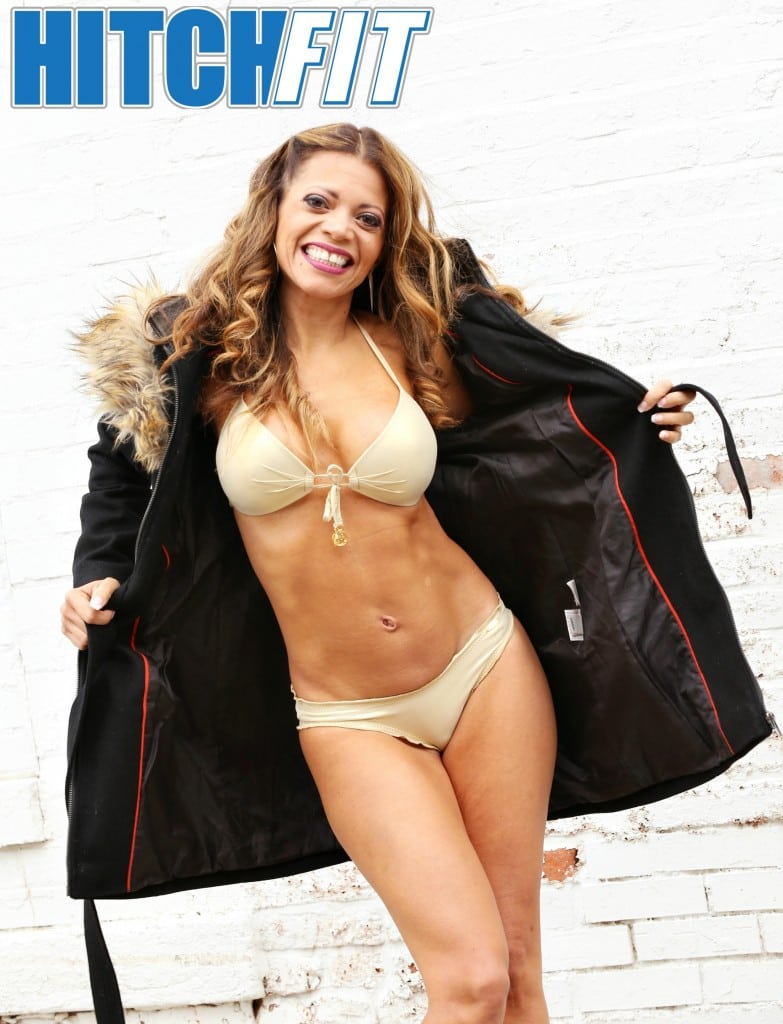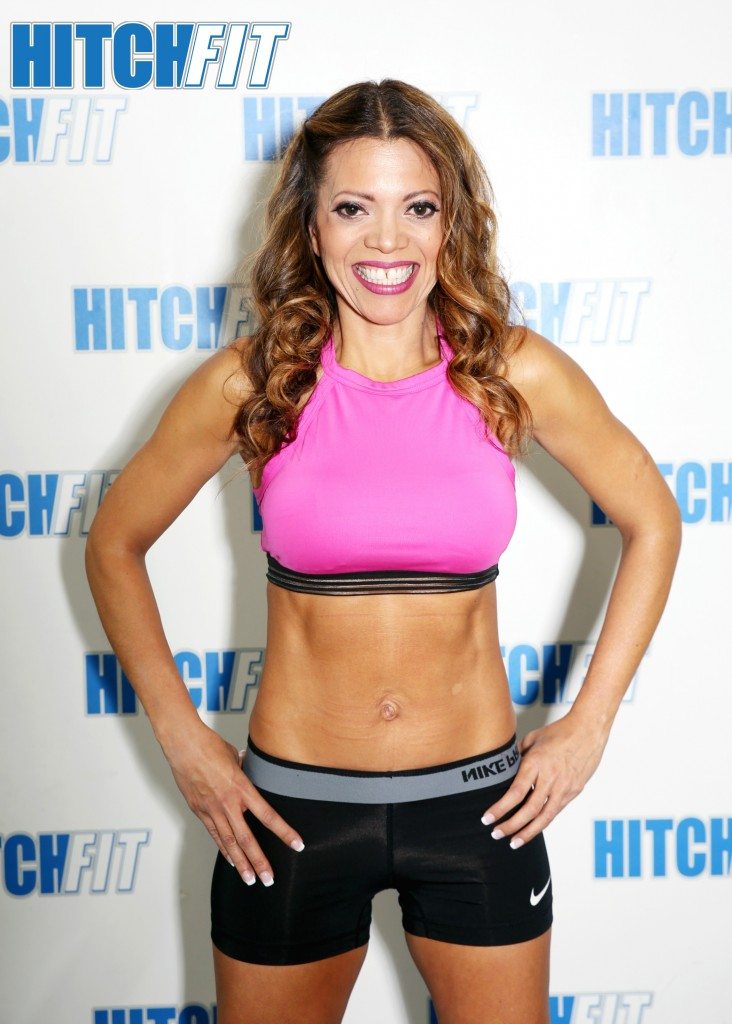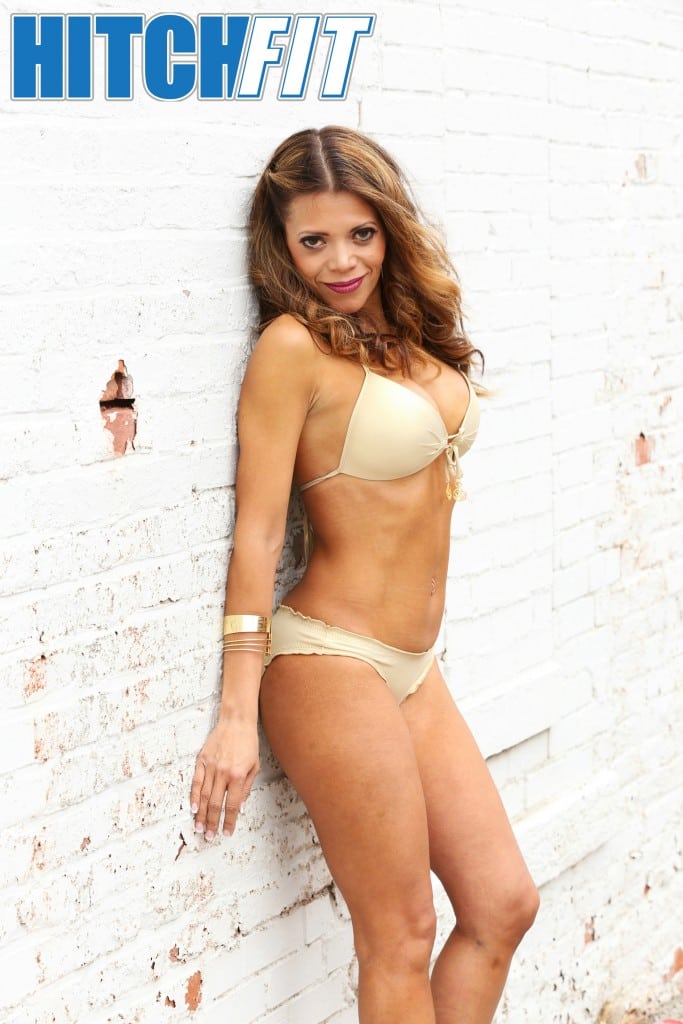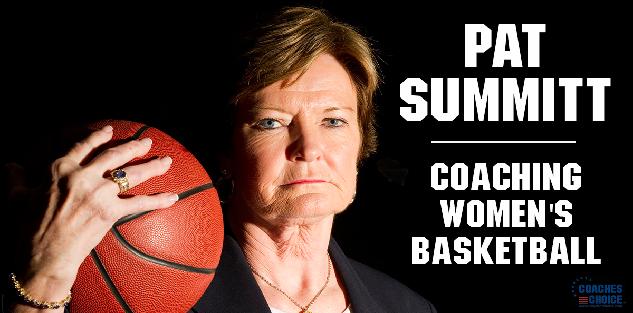Neal Rozendaal
Landover, MD – After starting the season with a 1-2 record, the D.C. Divas were reduced to playing the role of a spoiler.
The past two weeks, the Divas have played that part to absolute perfection.
D’Ajah Scott scored all three of the Divas’ touchdowns – including the game winner with under three minutes remaining – and the D.C. Divas sent the Pittsburgh Passion down to defeat for the first time this season by a 21-13 score. In consecutive weeks, the Divas avenged their two losses on the year and positioned themselves for a shot at home field advantage throughout the Women’s Football Alliance (WFA) playoffs.
The Divas (4-2) started the game on offense with a promising drive. The Divas picked up four first downs on their opening possession, the last coming when running back Shelly Freeman took a swing pass 11 yards to the Pittsburgh 28-yard line. But another huge gain by Freeman was wiped out by a holding penalty, which stalled the drive. After ten plays, the Divas were forced to punt the ball to the Pittsburgh 27-yard line.
The Passion (6-1) threw three incomplete passes on their first drive and punted to the D.C. 38-yard line. The Divas initially picked up a first down on an 11-yard pass reception by Lois Cook, but the catch was wiped out by an illegal shift, which brought up third and 15.
Pittsburgh then capitalized on the Divas’ first big mistake of the game. D.C. quarterback Amanda Congialdi’s pass was picked off by Pittsburgh’s Angela Baker on third and long and returned all the way down to the Divas’ 13-yard line. Two runs by Pittsburgh running back Ashley O’Neil brought up first and goal at the one-yard line.
The D.C. defense almost made a dramatic goal line stand, stuffing Pittsburgh on three straight plays for no gain. But on fourth and goal, Ebony Montgomery beat the D.C. defense to the pylon and scored on a one-yard touchdown run. The extra point kick was successful, and the Passion took a 7-0 lead with 3:27 left in the first quarter.
The Divas gained some momentum back on the ensuing drive. Congialdi kept the drive alive with a 13-yard run on third and five, breaking into Pittsburgh territory as the first quarter came to a close. The Divas trailed after one quarter, 7-0.
But once again, the drive stalled. Three straight plays for no gain forced the Divas to punt for a touchback, and Pittsburgh took over at their own 20.
Both defenses then took control in the second quarter. D.C. linebacker Tia Watkins came up with a nine-yard sack on third and 13 that resulted in a Passion punt to midfield. But the Passion defense proceeded to force a four and out, sacking Congialdi on fourth down near midfield to give the ball right back to Pittsburgh.
Not to be outdone, the Divas’ defense responded with their own four and out. The Passion decided to go for it on fourth and 15 from their own side of the field, and Pittsburgh quarterback Lisa Horton threw incomplete on fourth down to turn the ball over on downs at their own 42-yard line.
Blessed with great field position, the D.C. offense powered through for their first score of the game. Kentrina Wilson made one of the key plays in the drive, catching a 13-yard pass from Congialdi on third and six at the Passion 13-yard line. D’Ajah Scott blasted through the defense with a 12-yard run to advance the ball down to the one, and Scott then finished the job with a one-yard score. Stephanie Nealis booted the extra point through the uprights, and the Divas tied the game, 7-7, with 3:10 left in the first half.
The Passion tried to respond immediately with a great kickoff return to the Divas’ 31-yard line, but the D.C. defense was up to the challenge again, forcing another four and out. Genaya Davis made the tackle two yards short of the first down marker that gave the Divas possession again at their own 23-yard line. Davis led the Divas with five combined tackles, while Watkins and Dex Walker added four combined tackles each.
The Divas bled most of the remaining time in the first half, punting with six seconds to go in the second quarter. One final desperation pass from Pittsburgh fell incomplete, and the Divas and Passion were deadlocked at halftime, 7-7.
The second half began as a defensive battle. Both teams went three and out and punted on their first possession of the second half. The Divas’ punt was partially blocked, which gave the Passion possession at the D.C. 38 to start their second drive of the half.
The Divas defense rose up again, leading to yet another Pittsburgh four and out. Tia Watkins pressured Lisa Horton into an incomplete pass on fourth and nine, and the Divas took over at their own 25-yard line.
With nine minutes left in the third quarter, the Divas began to flip the field position on the Passion. The drive started when Kentrina Wilson caught a 21-yard pass near midfield. Wilson ended the game as the Divas’ leading receiver, with eight catches for 73 yards on the evening.
Two long runs by Congialdi set the Divas up with a first and ten, 11 yards away from the Pittsburgh end zone. Scott ran for seven yards on first down, giving the Divas second and three from the Pittsburgh four-yard line.
Then the Passion defense engaged in some clever gamesmanship. The Pittsburgh front seven all began screaming in unison as the Divas’ offense came to the line, drowning out the snap count. The result was three consecutive false start penalties on the Divas, turning their second and three into a second and 18. The Divas would proceed to turn the ball over on downs after an incomplete pass on fourth down at the Pittsburgh 25-yard line.
The Divas’ defense had gained control of the game, however. For the third straight series, the Pittsburgh offense was unable to muster a first down, going three and out and punting to their own 44-yard line.
The D.C. offense faced fourth and three from the Passion 37-yard line as the third quarter drew to a close. The Divas and Passion were still deadlocked at 7-7 with one quarter left in regulation.
Amanda Congialdi made one of the key plays of the game as the fourth quarter began, rushing for three yards to open the period and narrowly picking up a first down. Three plays later, she found Wilson on a nine-yard pass on third and nine to move the sticks again.
Shaquanda Gainey then got in the act, catching an 11-yard pass from Congialdi to give the Divas first and goal from the two-yard line. Scott carried it over the goal line from there, giving the Divas their first lead of the contest, 14-7, with 9:07 left in the game.
Staring at their first deficit of the game, the Passion took to the air on their next possession. The Divas’ pass defense stood tall; seven straight Pittsburgh passes fell incomplete, and although a pass interference penalty briefly sustained the drive, the Passion turned it over on downs at the Divas’ 37-yard line with 7:19 left on the clock.
On the Divas’ next drive, Congialdi threw the ball deep on third down and was intercepted at the Pittsburgh 38-yard line. The Passion could not convert their second turnover of the game, however; after one first down, Horton threw incomplete on fourth and eight from near midfield with just over four minutes remaining in the contest.
D’Ajah Scott inserted the dagger two plays later. Taking a short pass from Congaldi, Scott weaved through the Passion defense and scampered for a 52-yard touchdown reception. Scott’s catch put the Divas on top, 21-7, with just under three minutes left in the game. D’Ajah Scott finished the game with 13 carries and three receptions for 108 total yards and three touchdowns, two on the ground and one receiving. Amanda Congialdi completed 13 of 26 passes for 148 yards and one touchdown through the air, and she also led the Divas in rushing with 60 yards on 12 carries.
The Divas now had a two-touchdown lead, but the Passion made a final desperate push to cut into the deficit. Horton found Rachel Wojdowski for a 46-yard touchdown pass with 1:07 left in the game, and although the extra point kick attempt was blocked, the Divas’ advantage was trimmed to 21-13.
The D.C. special teams sealed the game, recovering the ensuing onside kick attempt and allowing the D.C. Divas to run out the clock on a 21-13 win over the Pittsburgh Passion. The victory over the previously undefeated Passion helped the Divas narrowly move into the #1 ranking in the nation with two weeks remaining in the regular season. The Divas will host their regular season home finale on June 9 against the New York Sharks.








 .
.







